-
 Bitcoin
Bitcoin $116800
0.71% -
 Ethereum
Ethereum $4211
6.94% -
 XRP
XRP $3.276
1.68% -
 Tether USDt
Tether USDt $1.000
0.02% -
 BNB
BNB $807.0
3.00% -
 Solana
Solana $180.5
3.24% -
 USDC
USDC $0.9999
0.01% -
 Dogecoin
Dogecoin $0.2406
9.02% -
 TRON
TRON $0.3357
-1.10% -
 Cardano
Cardano $0.8047
3.16% -
 Hyperliquid
Hyperliquid $43.81
7.97% -
 Chainlink
Chainlink $21.08
10.16% -
 Stellar
Stellar $0.4506
1.97% -
 Sui
Sui $3.916
4.69% -
 Bitcoin Cash
Bitcoin Cash $568.3
-1.85% -
 Hedera
Hedera $0.2628
2.48% -
 Avalanche
Avalanche $24.17
4.54% -
 Ethena USDe
Ethena USDe $1.001
0.03% -
 Litecoin
Litecoin $121.4
0.35% -
 Toncoin
Toncoin $3.408
2.28% -
 UNUS SED LEO
UNUS SED LEO $8.978
-0.08% -
 Shiba Inu
Shiba Inu $0.00001376
7.59% -
 Uniswap
Uniswap $10.86
2.94% -
 Polkadot
Polkadot $4.079
5.33% -
 Dai
Dai $1.000
0.02% -
 Pepe
Pepe $0.00001231
10.28% -
 Bitget Token
Bitget Token $4.502
0.79% -
 Cronos
Cronos $0.1576
3.63% -
 Monero
Monero $271.1
0.48% -
 Ethena
Ethena $0.7336
18.38%
What are Hard Cap and Soft Cap?
Cryptocurrency projects use hard caps (maximum funding) and soft caps (minimum funding) in ICOs/IDOs. Reaching the soft cap ensures project viability; hitting the hard cap ends fundraising regardless of demand. Both offer transparency and manage investor expectations.
Mar 06, 2025 at 09:48 pm
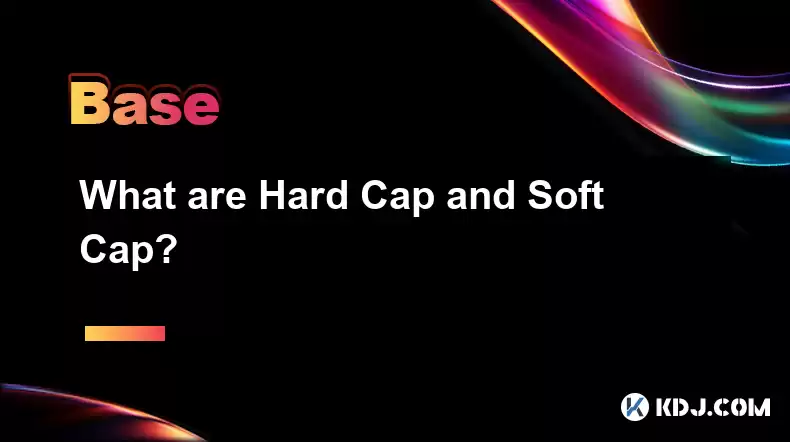
Key Points:
- Hard Cap: A fixed, absolute maximum amount of funding a cryptocurrency project aims to raise through an Initial Coin Offering (ICO) or Initial DEX Offering (IDO). Once this limit is reached, the funding round ends regardless of demand.
- Soft Cap: A minimum funding target a project needs to achieve in its ICO or IDO to proceed. If the soft cap isn't met, the project typically refunds investors and cancels the offering.
- Differences: A hard cap provides certainty for investors, while a soft cap allows projects to assess viability before committing. Both are crucial aspects of fundraising in the cryptocurrency space.
- Importance: Both hard and soft caps help manage investor expectations, mitigate risk, and provide transparency regarding fundraising goals.
What are Hard Cap and Soft Cap?
In the dynamic world of cryptocurrencies, Initial Coin Offerings (ICOs) and Initial DEX Offerings (IDOs) represent significant fundraising events. These events rely heavily on the concepts of hard cap and soft cap to manage expectations and funding targets. Understanding these terms is crucial for both projects launching token sales and investors participating in them.
A hard cap refers to the absolute maximum amount of cryptocurrency or fiat currency a project intends to raise during its token sale. This is a fixed, unchangeable limit. Once the hard cap is reached, the fundraising round concludes immediately, regardless of whether there is still significant investor interest. This provides certainty for investors, knowing there's a defined limit to the funds raised. The hard cap signifies the project's ambitious yet realistic financial goals.
The soft cap, conversely, represents the minimum amount of funding a project needs to secure in order to consider the ICO or IDO a success and move forward. If the soft cap isn't reached within the allocated timeframe, the project typically returns all invested funds to participants, effectively canceling the offering. This mechanism protects both the project and the investors. A failed soft cap indicates a lack of sufficient market interest, suggesting potential problems with the project's viability.
Why are Hard Caps and Soft Caps Important?
The implementation of both hard and soft caps offers significant advantages for both the project team and prospective investors. For projects, these caps provide a structured fundraising approach. They allow for realistic financial planning, helping the team manage expectations and allocate resources effectively.
For investors, a well-defined hard cap offers clarity and transparency. Investors can assess the project's fundraising ambition and determine if the project aligns with their risk tolerance. The existence of a hard cap can also prevent over-subscription, which could lead to issues with token distribution and price stability. The soft cap serves as a risk mitigation tool for investors, ensuring their investment isn't locked into a project that lacks market support.
How are Hard Caps and Soft Caps Set?
The determination of both hard and soft caps is a crucial step in planning a successful token sale. Projects typically base these figures on a combination of factors, including:
- Project valuation: A thorough assessment of the project's potential and market value helps determine a reasonable funding goal.
- Token utility and demand: The usefulness of the token and the anticipated level of market demand play a key role in setting the funding targets.
- Market conditions: The prevailing conditions in the cryptocurrency market significantly influence the setting of both caps.
- Team experience and expertise: A team with a proven track record might be able to justify a higher funding target.
The process of setting these caps is not arbitrary. Projects usually conduct thorough market research and analysis to inform their decisions. This helps them to set realistic, yet ambitious targets.
Hard Cap vs. Soft Cap: A Detailed Comparison
The fundamental difference lies in their implications for the project's progress. A hard cap guarantees a defined limit to funding, while a soft cap represents a minimum threshold for success. The project proceeds only if the soft cap is met. Reaching the hard cap signifies complete funding; conversely, failure to meet the soft cap means the project doesn't move forward. The presence of both caps in a token sale indicates a more robust and transparent fundraising strategy.
Step-by-Step Process of Understanding Hard and Soft Caps:
- Identify the project's hard cap: Look for this information in the project's whitepaper or official announcements. This is the maximum amount the project aims to raise.
- Locate the project's soft cap: This is usually mentioned alongside the hard cap. It indicates the minimum amount needed for the project to proceed.
- Assess the funding progress: Monitor the fundraising progress to see how close the project is to reaching its soft cap and/or hard cap.
- Understand the implications of reaching or not reaching the caps: If the soft cap isn't reached, the funding round fails, and investors receive refunds. If the hard cap is reached, the fundraising round ends, and the project proceeds.
Frequently Asked Questions:
Q: What happens if a project doesn't reach its soft cap?
A: If the soft cap isn't met, the project usually cancels the ICO or IDO and returns all invested funds to participants.
Q: What happens if a project reaches its hard cap before the deadline?
A: The fundraising round ends immediately, even if the deadline hasn't been reached.
Q: Are hard caps and soft caps always clearly stated?
A: Reputable projects will clearly state both their hard cap and soft cap in their whitepaper or official announcements. Lack of clarity should raise red flags.
Q: Can a project change its hard cap or soft cap after the ICO/IDO starts?
A: Generally, no. Changing the caps mid-offering is highly unusual and often considered unethical. It can severely damage investor trust.
Q: Is it better to invest in a project with a hard cap or a soft cap?
A: Both have their own advantages and disadvantages. A hard cap provides certainty, while a soft cap indicates a minimum level of market validation. The best choice depends on individual risk tolerance and investment strategy.
Disclaimer:info@kdj.com
The information provided is not trading advice. kdj.com does not assume any responsibility for any investments made based on the information provided in this article. Cryptocurrencies are highly volatile and it is highly recommended that you invest with caution after thorough research!
If you believe that the content used on this website infringes your copyright, please contact us immediately (info@kdj.com) and we will delete it promptly.
- AI Coin Mania: Dubai Millionaires Eye 20x Gains!
- 2025-08-09 23:10:12
- ChatGPT's Hot Takes: Meme Coins to Buy Now for a Wild 2025!
- 2025-08-09 23:10:12
- Jurassic Park Vibes in Your Pocket: The Colourful Canadian Coin Featuring a Dinosaur Eye
- 2025-08-09 23:50:12
- Altcoins on the Radar: VeChain, Ethereum, and the Shifting Crypto Landscape
- 2025-08-09 23:50:12
- Crypto Airdrops & Opportunities: What's Hot in August 2025
- 2025-08-09 22:30:12
- XRP, Cardano, and the Alluring Alternatives: A 2025 Crypto Landscape
- 2025-08-09 22:35:12
Related knowledge
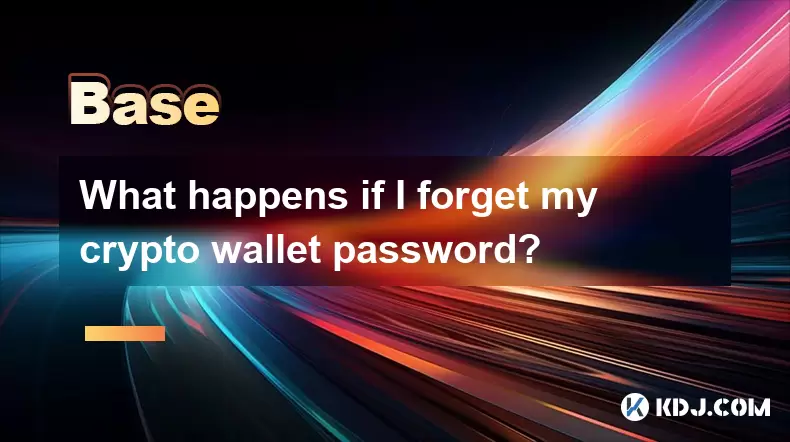
What happens if I forget my crypto wallet password?
Aug 09,2025 at 08:50am
Understanding the Role of a Crypto Wallet PasswordA crypto wallet password serves as a critical security layer that protects access to your digital as...

Can you reuse a crypto wallet address?
Aug 08,2025 at 03:49pm
Understanding Wallet Addresses in CryptocurrencyA crypto wallet address is a unique identifier used to send and receive digital assets on a blockchain...
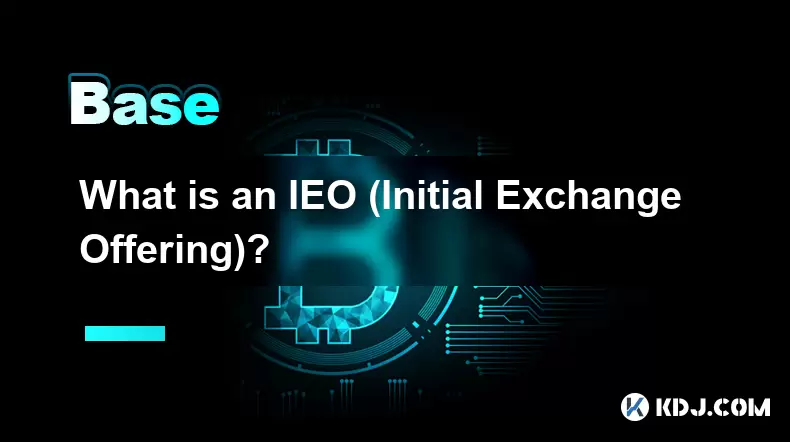
What is an IEO (Initial Exchange Offering)?
Aug 09,2025 at 06:22am
Understanding the Concept of IEO (Initial Exchange Offering)An Initial Exchange Offering (IEO) is a fundraising method used by blockchain-based projec...
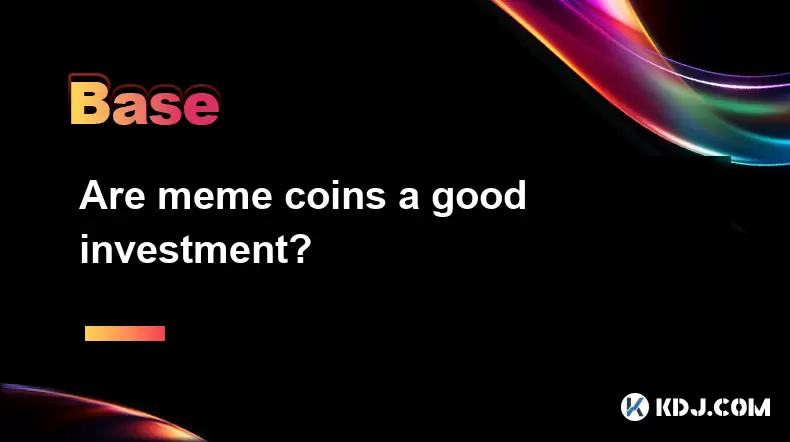
Are meme coins a good investment?
Aug 08,2025 at 11:36pm
Understanding Meme Coins and Their OriginsMeme coins are a category of cryptocurrencies that originated from internet humor or viral trends rather tha...
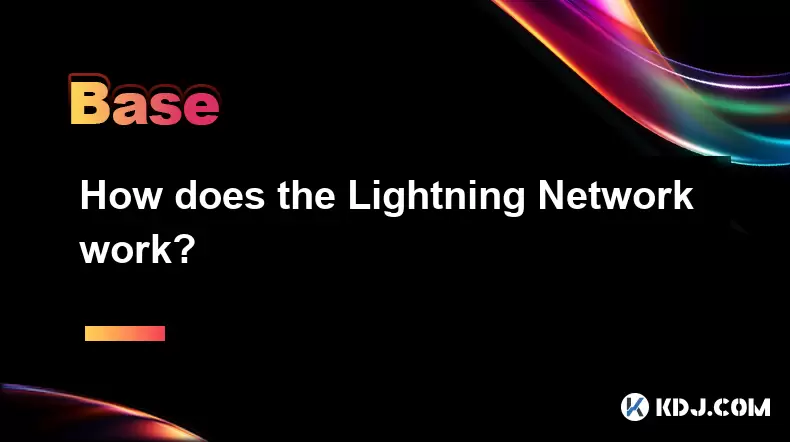
How does the Lightning Network work?
Aug 09,2025 at 07:15pm
What Is the Lightning Network?The Lightning Network is a second-layer scaling solution built on top of blockchain networks, primarily Bitcoin, designe...
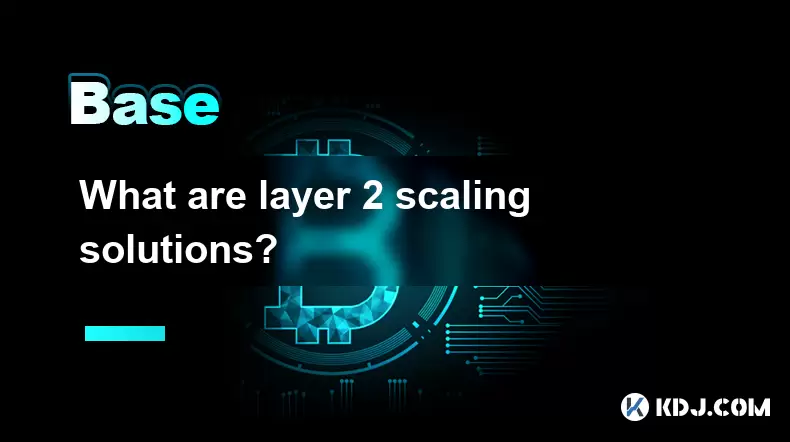
What are layer 2 scaling solutions?
Aug 09,2025 at 04:07am
Understanding Layer 2 Scaling Solutions in CryptocurrencyIn the world of blockchain and cryptocurrencies, scalability has long been a pressing challen...

What happens if I forget my crypto wallet password?
Aug 09,2025 at 08:50am
Understanding the Role of a Crypto Wallet PasswordA crypto wallet password serves as a critical security layer that protects access to your digital as...

Can you reuse a crypto wallet address?
Aug 08,2025 at 03:49pm
Understanding Wallet Addresses in CryptocurrencyA crypto wallet address is a unique identifier used to send and receive digital assets on a blockchain...

What is an IEO (Initial Exchange Offering)?
Aug 09,2025 at 06:22am
Understanding the Concept of IEO (Initial Exchange Offering)An Initial Exchange Offering (IEO) is a fundraising method used by blockchain-based projec...

Are meme coins a good investment?
Aug 08,2025 at 11:36pm
Understanding Meme Coins and Their OriginsMeme coins are a category of cryptocurrencies that originated from internet humor or viral trends rather tha...

How does the Lightning Network work?
Aug 09,2025 at 07:15pm
What Is the Lightning Network?The Lightning Network is a second-layer scaling solution built on top of blockchain networks, primarily Bitcoin, designe...

What are layer 2 scaling solutions?
Aug 09,2025 at 04:07am
Understanding Layer 2 Scaling Solutions in CryptocurrencyIn the world of blockchain and cryptocurrencies, scalability has long been a pressing challen...
See all articles

























































































